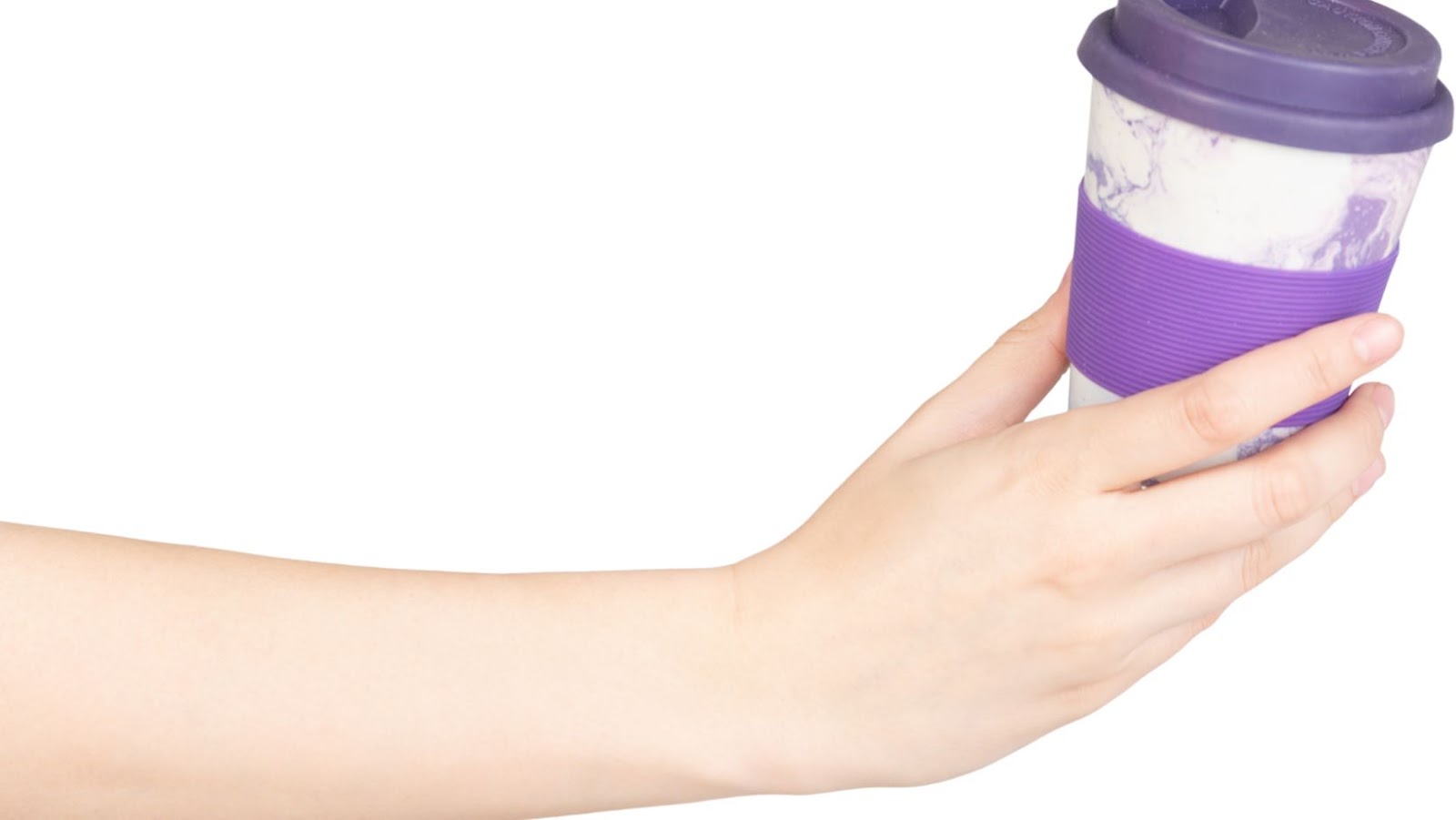The Science Behind the Chew: Bubble Tea’s Toppings

When devouring a tall cup of bubble tea, you’re mainly activating your right brain – the side responsible for pinging those pleasure centres and daydreamy feelings. However, your thoughts might occasionally drift to the brain’s left hemisphere, the side in charge of analytical and scientific thinking.
In these moments, you might naturally wonder, “How exactly is this amazing drink possible? What behind-the-scenes magic goes into making these chewy, slippery, decadent toppings?”
That’s what we’re here to figure out today. This article delves into food science and chemistry for a peek at what makes bubble tea toppings so unique. Don’t worry: it won’t get too technical (and there will not be a pop quiz at the end!).
An Intro to the Wide World of Bubble Tea Toppings
Before diving into the science, let’s establish parameters. When bubble tea started in 1980s Taiwan, the “bubbles” were almost exclusively tapioca pearls. These spherical pearls remain a mainstay on boba menus worldwide, but other toppings have also gained popularity. Browsing the menu at Chatime in Etobicoke, for instance, you’ll spot a list of innovative toppings:
- Popping boba
- Grass jelly
- Coconut jelly
- Pudding
- Sea salt crema, and more.
This article will attempt to give scientific explanations for spherical toppings like popping boba and tapioca pearls, as well as jelly toppings.
Boba and the Science of “Spherification”
Perhaps intuitively, sphere-shaped bubble tea toppings – like tapioca pearls and popping boba – undergo a process called “spherification.”
In the case of tapioca pearls, it’s a reasonably straightforward process. Unlike wheat flour, which contains proteins and fibers, tapioca starch is just starch. Therefore, when tapioca interacts with hot water, it gelatinizes incredibly easily, making it pliable enough to roll into little balls. As this mixture cools, it expels moisture and becomes firm and chewy—the trademarks of a great boba!
Popping boba, on the other hand, typically gets its thin outer “shell” from a chemical reaction between sodium alginate and calcium chloride. When little droplets of liquid (like fruit juice) are placed in the mixture, they form a delicate outer layer that contains said liquid. When you eat it, the bubbles burst in your mouth, releasing the sweet juice inside.
“Jellification”: The Science Behind the Jiggle
Next, you have your jelly toppings, like grass jelly and coconut jelly. Unlike pearls, these toppings are often cut into squares and rest on top of the bubble tea.
“Jellification” is a process that stretches back centuries, and it’s where we get such beloved staples as Jell-O, jams, and mochis. Basically, jellification involves pairing a liquid (like coconut juice or Chinese mesons, as in the case of coconut and grass jellies, respectively) and some kind of gelling agent: agar-agar, pectin, gelatin, etc. The result is a jiggy, slippery, and flavourful delicacy that pairs perfectly with various bubble tea bases.

If you’ve ever been curious about the magic that goes into a cup of bubble tea, hopefully, this article has answered your burning questions. Understanding the process makes you appreciate the drink even more!
When devouring a tall cup of bubble tea, you’re mainly activating your right brain – the side responsible for pinging those pleasure centres and daydreamy feelings. However, your thoughts might occasionally drift to the brain’s left hemisphere, the side in charge of analytical and scientific thinking.
In these moments, you might naturally wonder, “How exactly is this amazing drink possible? What behind-the-scenes magic goes into making these chewy, slippery, decadent toppings?”
That’s what we’re here to figure out today. This article delves into food science and chemistry for a peek at what makes bubble tea toppings so unique. Don’t worry: it won’t get too technical (and there will not be a pop quiz at the end!).
An Intro to the Wide World of Bubble Tea Toppings
Before diving into the science, let’s establish parameters. When bubble tea started in 1980s Taiwan, the “bubbles” were almost exclusively tapioca pearls. These spherical pearls remain a mainstay on boba menus worldwide, but other toppings have also gained popularity. Browsing the menu at Chatime in Etobicoke, for instance, you’ll spot a list of innovative toppings:
- Popping boba
- Grass jelly
- Coconut jelly
- Pudding
- Sea salt crema, and more.
This article will attempt to give scientific explanations for spherical toppings like popping boba and tapioca pearls, as well as jelly toppings.
Boba and the Science of “Spherification”
Perhaps intuitively, sphere-shaped bubble tea toppings – like tapioca pearls and popping boba – undergo a process called “spherification.”
In the case of tapioca pearls, it’s a reasonably straightforward process. Unlike wheat flour, which contains proteins and fibers, tapioca starch is just starch. Therefore, when tapioca interacts with hot water, it gelatinizes incredibly easily, making it pliable enough to roll into little balls. As this mixture cools, it expels moisture and becomes firm and chewy—the trademarks of a great boba!
Popping boba, on the other hand, typically gets its thin outer “shell” from a chemical reaction between sodium alginate and calcium chloride. When little droplets of liquid (like fruit juice) are placed in the mixture, they form a delicate outer layer that contains said liquid. When you eat it, the bubbles burst in your mouth, releasing the sweet juice inside.
“Jellification”: The Science Behind the Jiggle
Next, you have your jelly toppings, like grass jelly and coconut jelly. Unlike pearls, these toppings are often cut into squares and rest on top of the bubble tea.
“Jellification” is a process that stretches back centuries, and it’s where we get such beloved staples as Jell-O, jams, and mochis.

Basically, jellification involves pairing a liquid (like coconut juice or Chinese mesons, as in the case of coconut and grass jellies, respectively) and some kind of gelling agent: agar-agar, pectin, gelatin, etc. The result is a jiggy, slippery, and flavourful delicacy that pairs perfectly with various bubble tea bases.
If you’ve ever been curious about the magic that goes into a cup of bubble tea, hopefully, this article has answered your burning questions. Understanding the process makes you appreciate the drink even more!




